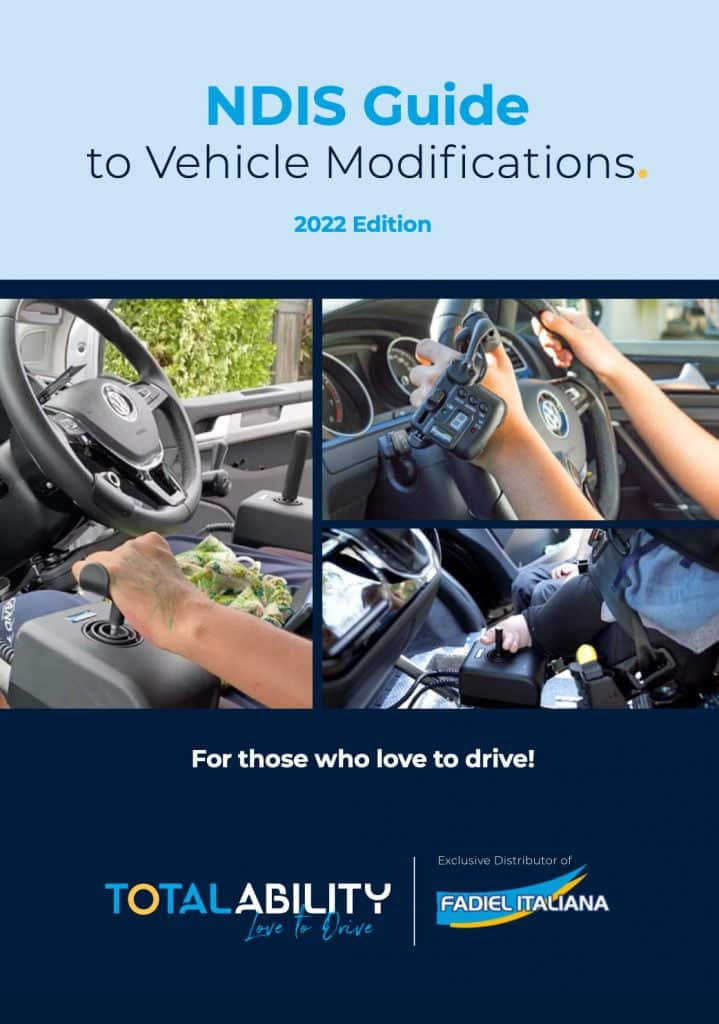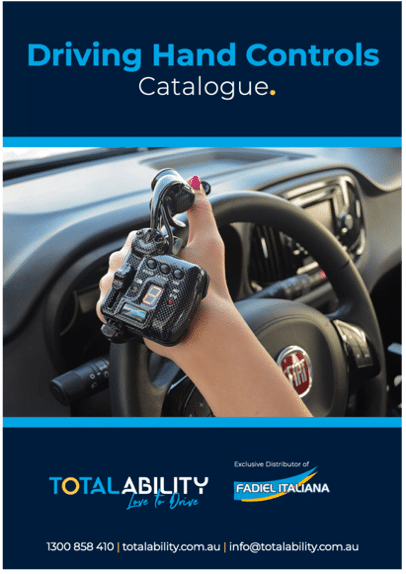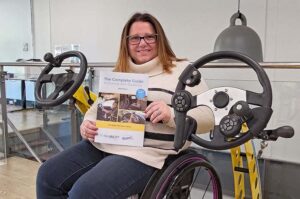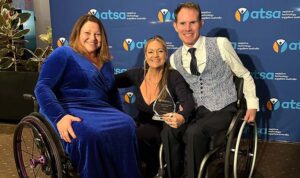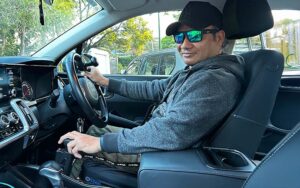
The More Complete Guide to Driving with Disability

Summary
How a ‘labour of love’ became an industry bible
When Michelina Pelosi sat down to write what became Australia’s first “Complete Guide to Driving with Disability” she had no idea where the project would take her.
Having recently started work at Total Ability as a communications specialist, her goal was to fill the gaps in people’s knowledge about how to go about driving with disability given the complexities involved.
The Challenge
“Having had personal experience of driving for 30 years after my accident, seeing how the rules had changed over time, the advent of milestone events like the introduction of the NDIS, and other changes to licensing, I knew that for many people this was a daunting prospect,” Michelina recalls.
“Add to that the different state and territory rules, and you can understand why so many people just think it’s too much to bother with. They give up before they start,” Michelina notes.
The Benefits of The Guide
“The difference driving made to my sense of independence was immense. So I wanted to make a difference to other people’s lives, and I saw this as an opportunity to share something important.”
“My aim was to gather everything you needed to do in one document,” Michelina explains. “The hard bit was keeping the information as easy to follow as possible, while giving just enough detail to ensure people didn’t go off track.”
Keeping The Guide Updated
Five years on, and she realises that she’s painting the harbour bridge!
“Just as you complete one edition, then some rule has changed, and you need to start again, but it’s more that we just get incredible feedback and ideas as to what else we might include.”
Involving Industry Expertise
Getting input from trusted industry experts was always part of the Guide’s aims.
“I was more the person sieving, sorting and pulling the information together. I am indebted to many Driver Trained Occupational Therapists, Specialist Driving Instructors and clients who generously offered their knowledge and feedback,” Michelina emphasises.
2025 Edition
The recently released 2025 edition is another example.
“Two of the questions we get asked the most are ‘can I modify an older car?’ and ‘should I be talking to my DTOT about vehicle access as well?’,” she adds.
In short, the answers are ‘possibly’ and ‘yes’.
“In the last edition, we added more detail around the individual state and territory rules, based on feedback we got from certifiers. There is always some way to improve the guide. I’m open to how to make it better.”
As time went on, Michelina realised that she had a deep ‘subject matter’ knowledge but not all of it could be added to the Guide.
“You can overwhelm people, and that would be counterproductive,” she admits.
New Role
However, it did lead Michelina to a change of emphasis within Total Ability.
“I realise I can put that knowledge to good use by taking on a more customer service role where I can inform people based on their individual circumstances. No two people are the same, even if they have the same disability or condition,” she explains.
“The devil is in the detail, and I’m happy to go deep into the detail if it means someone is able to drive at the end of all that.”
The 2025 Complete Guide to Driving with Disability is available now. Get your free digital copy here.
This Guide covers:
- Initial Assessment
- Understanding the Plan
- Assistive Technology and the NDIS
- State Motoring Authorities
- Assessment Considerations
- Quotes and Evidence
- High-cost Vehicle Modifications
- Complete the NDIS Application
- After Lodgement
- Checklists
Driving Hand Controls Catalogue includes:
- Our complete range of driving hand controls
- For each control, the disabilities and conditions they are suitable for
- A comparison chart outlining the benefits and features of the various types of hand controls
- The history of Fadiel Italiana high level modification driving systems


